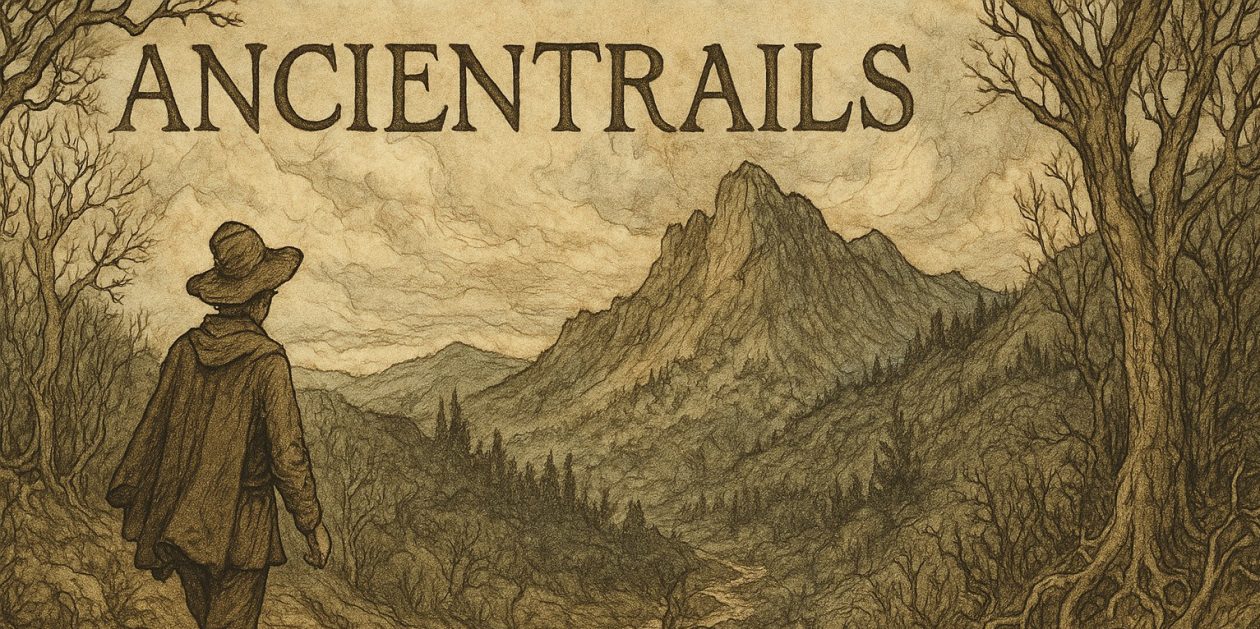81 bar steady 29.93 1mph NE dew-point 51 sunrise 5:59 sunset 8:38
New (Corn) Moon
Tao is the way without a way;
It is the path with no tracks.
You start walking the way of Tao when you erase anything – good or bad – you learned about Tao.
“If you steal from one author, it’s plagiarism; if you steal from many, it’s research.” – Wilson Mizner
This quote from Mizner amuses me since I’ve just read many authors to tease out the history of Unitarian and Universalist churches in Minnesota. Research, not plagiarism. I put down Freedom Moves West this morning after read it, mostly, from beginning to end. It is rare when researching a topic as outside the mainstream as this one to find a whole book exactly on point by Freedom Moves West is such a book. It offers up the history of the Western Unitarian Conference from 1852 to 1952, the period when Minnesota churches came into being and the context nationally and regionally that surrounded their creation.
Of course, such a lot of material on point requires a good deal of sifting and weighing, matching with other sources, like church histories written by individual congregation, still it provides an overall narrative that makes the whole task better.
After my nap, I plan to sit down and organize my notes and thoughts on Heresy Moves West (yes, I sort of borrowed the notion from the book). If I can, I hope to get to writing. If not, tomorrow. That will feel good.
Last night I harvested a spaghetti squash and a long, scimitar shaped cucumber. This morning I pulled golden beets and Nante carrots. Later on I’ll pluck one of the drying onions off the screen and a head of garlic to use in cooking supper. This will be a vegetarian meal, one made in honor and celebration of Lughnasa. Celtic holy days lasted a week or more, occasioned as they usually were by markets, dances, rituals and general collectivity.
A lovely, blue sky day with reasonable dew-point and temperature. Good deal.
